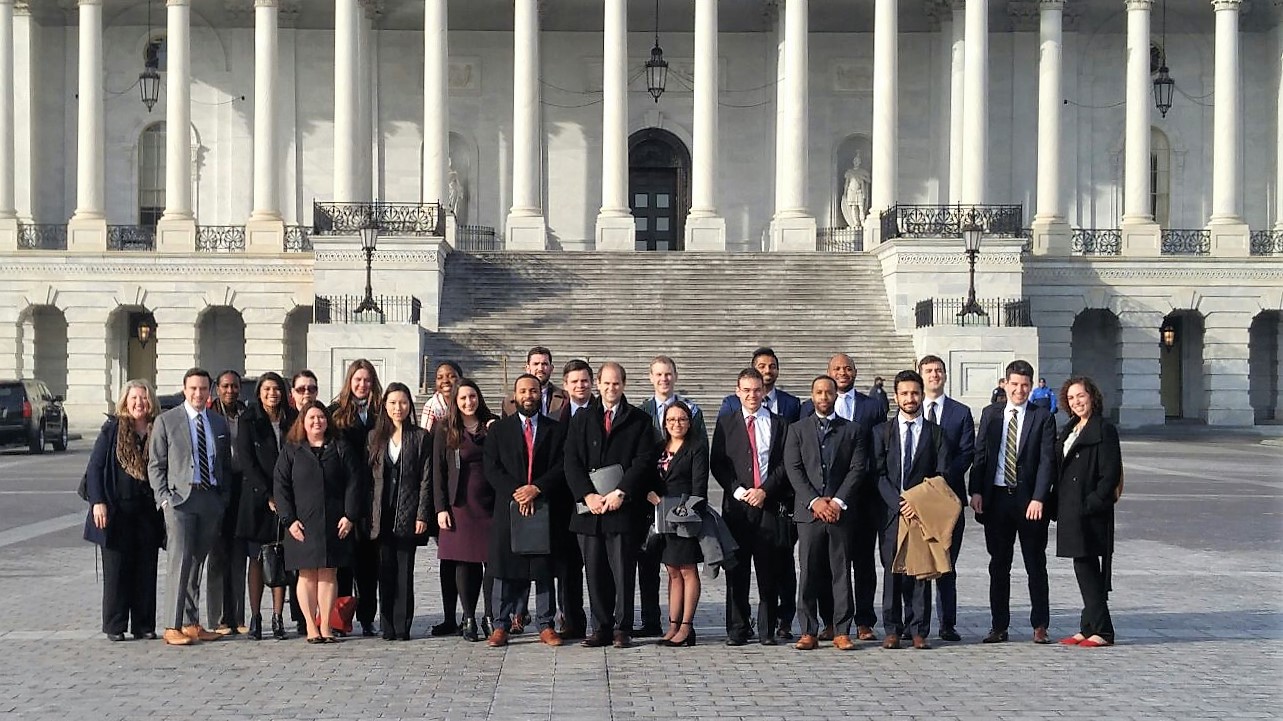Written by Chris Baker, PMBA Class of 2018; Matt Cerce, PMBA Class of 2018; Phillip Cameron, PMBA Class of 2018; Eliza Kanovsky, PMBA Class of 2018
It is expected that autonomous vehicles (AV) will boost the global economy by $7 trillion by 2050 ($2 trillion in the US). 1 However, to capture this added value, Original Equipment Manufacturers (OEMs) need to maintain their position at the top of the industry value chain that is poised to make a dramatic shift. Essentially, OEMs need to adapt and selectively claim new touch points with their current and potential consumers. 2 That means, OEMs will have increased mobility to match the required connectivity and changes in vehicular value from 90 percent hardware and 10 percent software to 40 percent hardware, 40 percent software and 20 percent content. 3 Further supporting this shift is the $7 trillion economic growth cited herein. $3.7 trillion is attributed to Consumer Mobility-as-a-Service, $3.0 trillion is attributed to Business Mobility-as-a-Service, and $203 billion can be attributed New Pilotless Vehicles. The OEMs are adapting accordingly to capture this value as each piece of this added value is outside of their standard business model, General Motors (GM) vertically integrated through acquisition of Cruise Automation, a Silicon Value startup4, Ford acquired SAIPS, a company focused on machine learning and computer vision5, and Daimler’s use of car sharing via “Car2Go” and “Mercedes me” to further expand their portfolio and connectivity6.
It is paramount that OEMs continue to adopt an increasingly mobile approach to business so that they maintain a connectedness to the changing demands of the consumer and capture this added value. Consumer interest in AV centers on the ideas of increased safety, convenience and productivity7. That means spending more time with your family, but also gives access to individuals that previously couldn’t get to work such as the elderly and disabled. By staying at the forefront of this cutting-edge technology, OEMs can achieve new levels of success and maintain its position in the industry while increasing the connectedness of all individuals’ interactions with society.
This blog is part of a series created under the direction of Bonnie Pierce, Lecturer in Strategic Management and Public Policy, for the GW Business School class “Business and Society: Autonomous Vehicles.”
1 Marshall, Aarian. “RoboCars Could Add $7 Trillion to the Global Economy.” June 3, 2017
2 A.T. Kearney. “How Automakers Can Survive the Self-Driving Era.” 2016. A.T. Kearney, Inc
3 A.T. Kearney. “How Automakers Can Survive the Self-Driving Era.” 2016. A.T. Kearney, Inc.
4 Liuima, J. “Impact of Autonomous Vehicles on Auto Industry.” September 23, 2016.
5 Etherington, Darrell. “Ford Acquires SAIPS for Self-Driving Machine Learning and Computer Vision Tech.” August 16, 2016.
6 Daimler Company Website. https://www.daimler.com/products/services/mobility-services/
7 Based on Industry Interview with Daimler Company Representative



